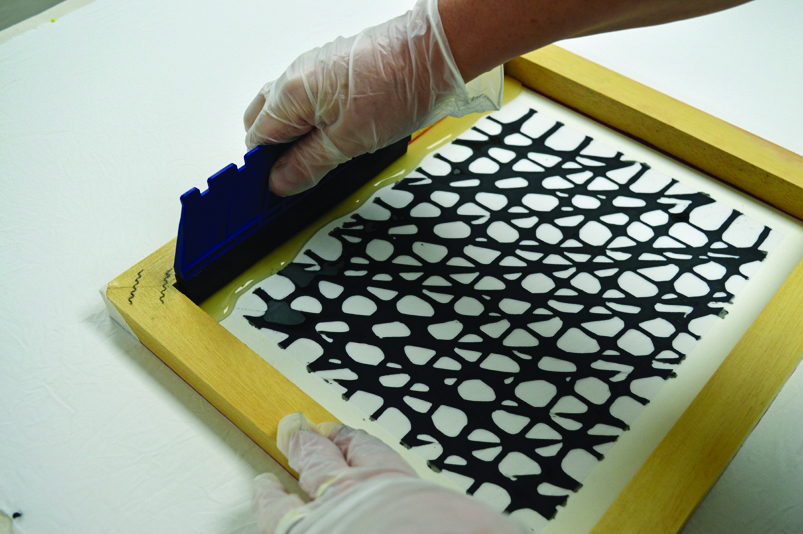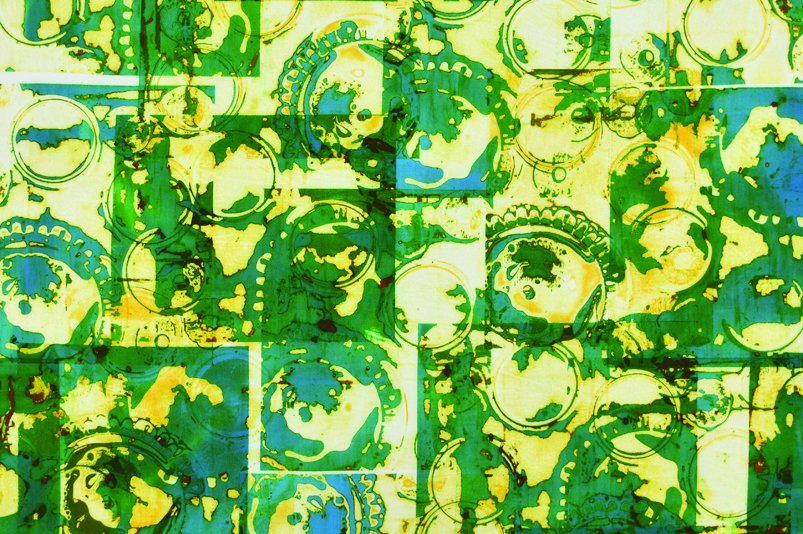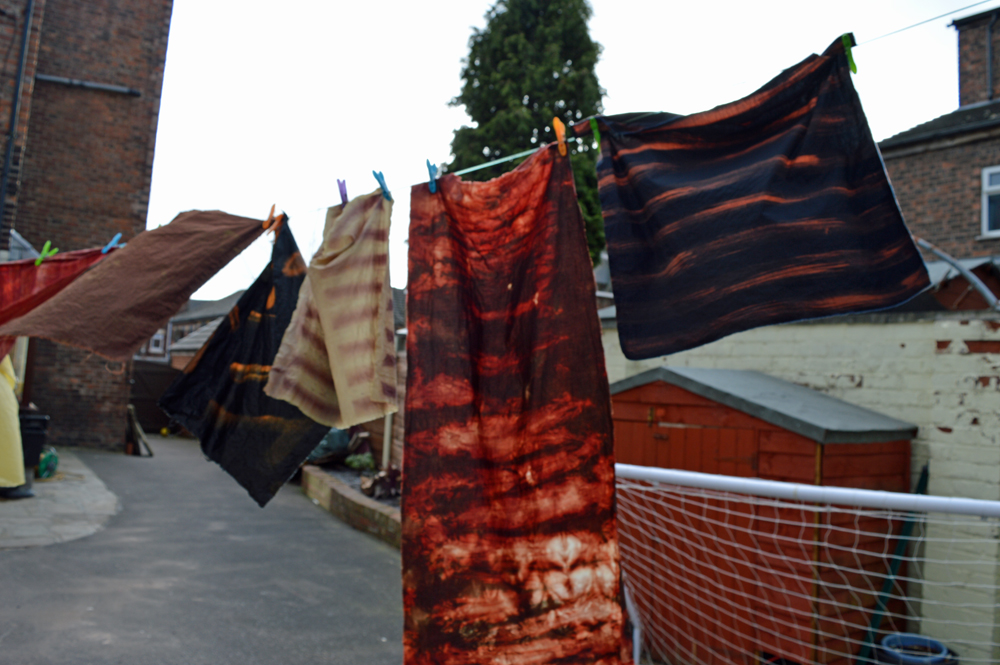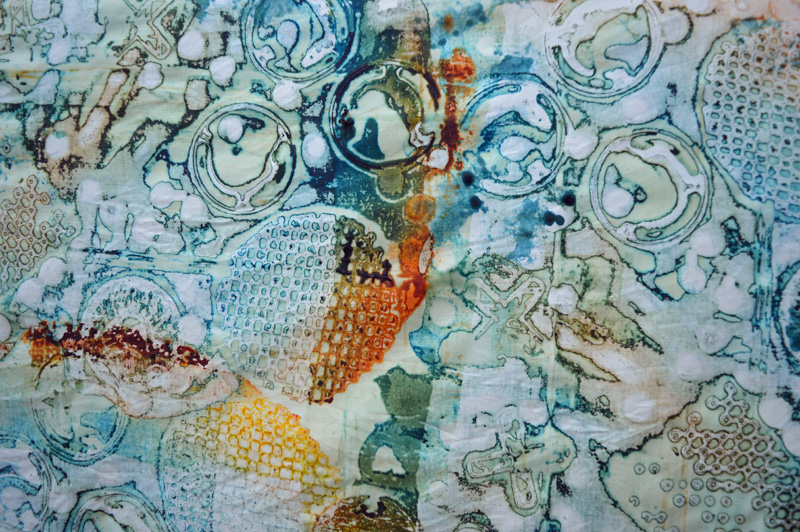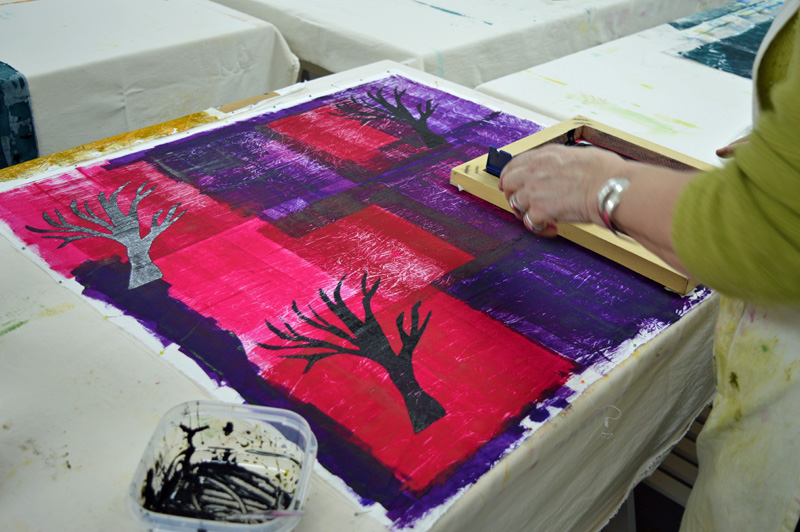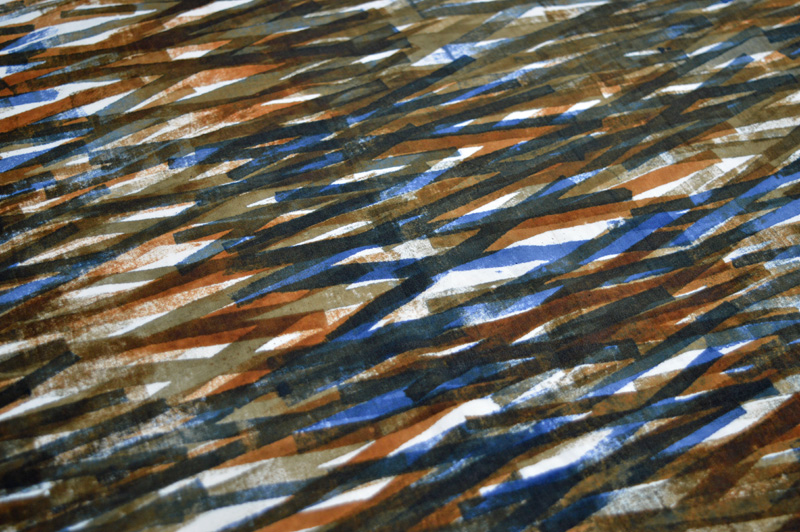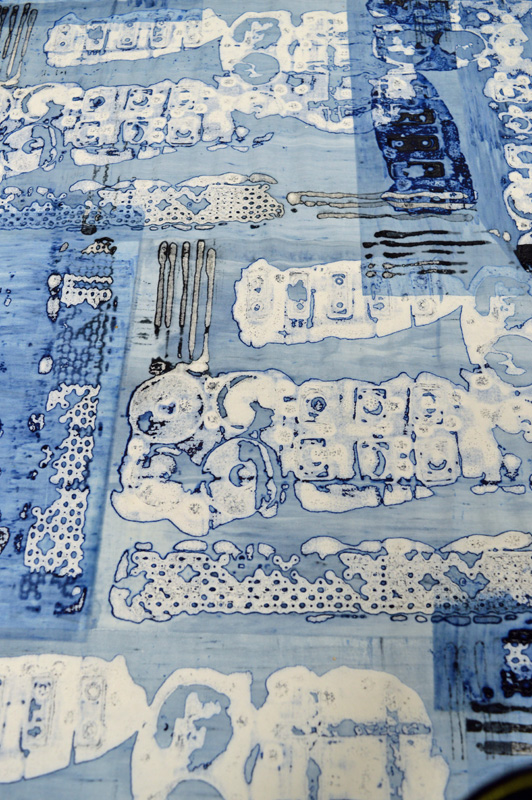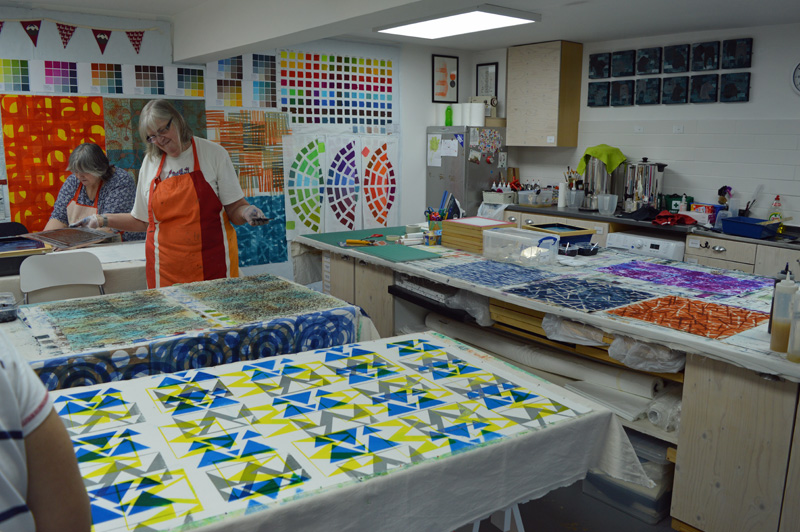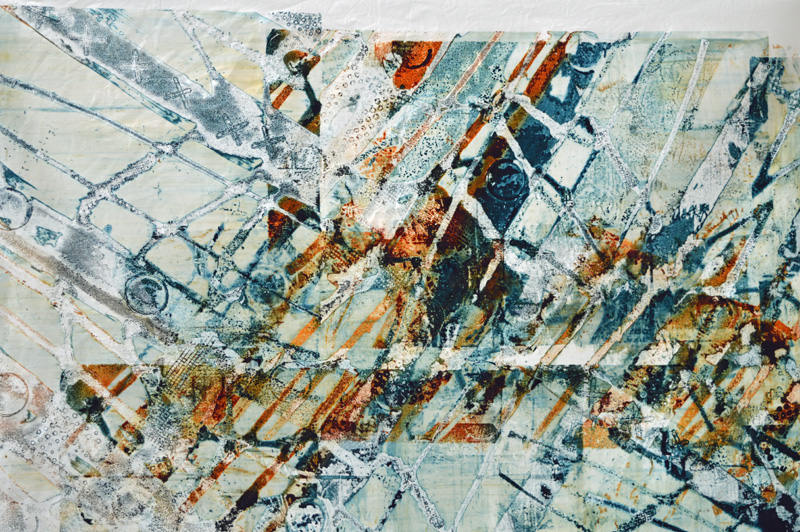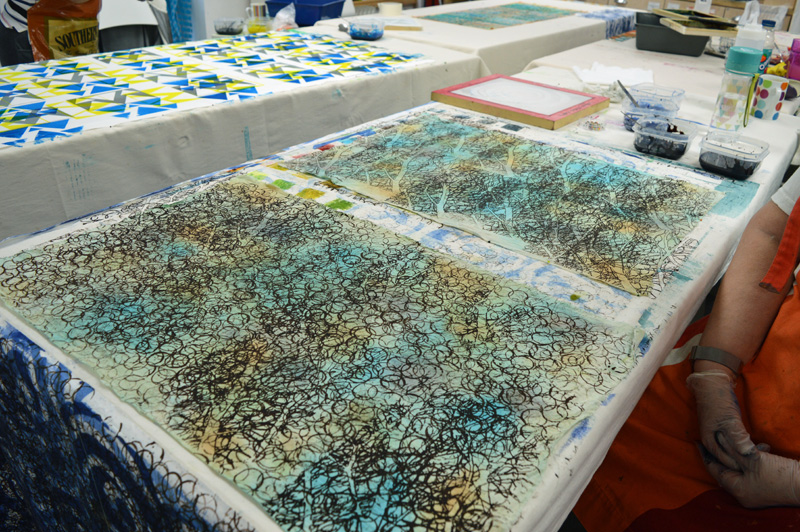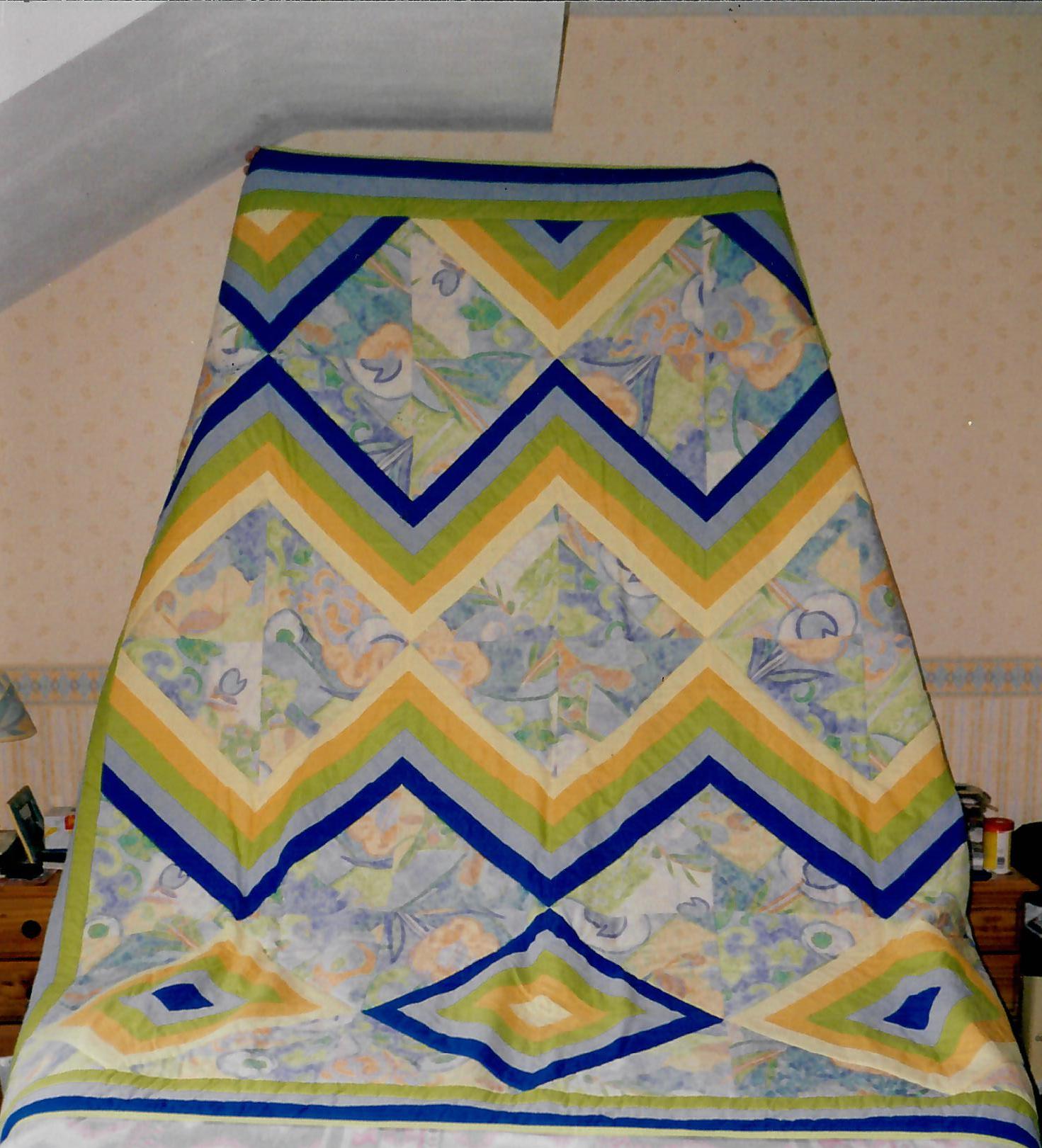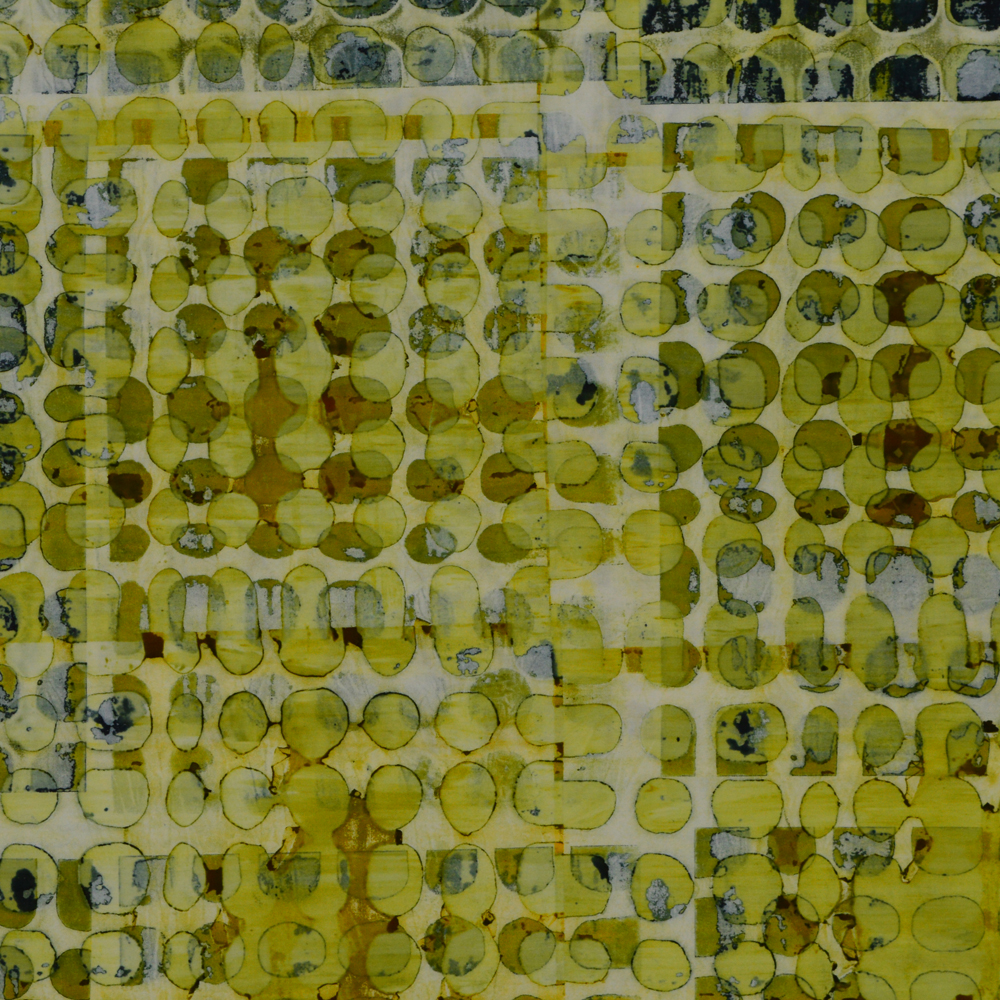About 10 months ago I made the BIG decision to leave corporate life and to earn my living as a full-time artist, teacher and now, author. In some ways it was a really easy decision to make - I am doing the things I love most, in the place where I am happiest, I can be a better carer for my husband and can provide support for the rest of my family when they need it. I have swapped 90 minutes each day sat in traffic for an absolutely ghastly twenty metre commute to the bottom of the garden! And with any luck I will never have to wear a suit again! I am living my dream!
But it was still a big decision because of money. What else? We still have a mortgage to pay and a big, old house that costs a fortune to heat and always seems to have something that needs fixing. We were also used to a good income and the comforts that come with it. Stopping spending money on stuff we really didn’t need was an easy sacrifice to make. But could I make enough money to keep the lights on and food on the table? On paper, with a business plan and a lot of determination and hard work the answer is ‘just about’. But not immediately.
I have been amazed by the response I have had to my workshops but, currently, the income from them is erratic and I think it will take a year or two before I have built up a good reputation and student base. It would be wonderful if I could make up the shortfall by selling my art but I am a realist. So I needed to look at other income streams.
Cue my good friend Ruth Brown. Having written two very successful books herself, she was able to show me the financial advantages of investing my time in writing a book. More importantly, she believed I could do it and gave me loads of encouragement when I had all those moments of self doubt. Thank you Ruth x.
And of course the book had to be about breakdown printing - I have spent the last few years obsessed by it. Having a science background I have inevitably focused on trying to control the process and it is this depth of understanding that I have tried to convey in the book. Along with a practical, common sense approach to screen printing at home - after all I didn’t always have a lovely studio to work in.
It took me a little while to decide on the structure of the book but then I got to make lots of different samples - heaven! I have been so focused over the last few years on working in series and with restricted colour palettes it was an absolute joy to work in lots of different ways with lots of different colours! Not that every sample worked out first time - yes I made some pieces of truly ugly fabric along the way but then had fun figuring out how to ‘rescue’ them!
I couldn’t figure out how to photograph myself whilst printing. Cue my oldest son Joe. No previous experience but now photographer par excellence! We took over 2000 photos of which most were discarded and ended up with over 350 images in the book. Digital photography is a wonderful thing especially combined with Photoshop!
The ‘writing’ part of the book came relatively easily as I had some experience writing technical documents and manuals in my previous life. Although I am indebted to Ruth and to my daughter Jess for their proof reading skills. I tend to write like I speak, without drawing breath. Luckily Jess had an endless supply of commas. And don’t get her started on apostrophes. Apparently I am hopeless.
And I am doubly indebted to my daughters partner, Matt Walkerdine who, conveniently, is a graphic designer. He got me started using Adobe InDesign for the book layout and held my hand as we prepared the files for printing and submitted them. The geek in me has thoroughly enjoyed learning how to use a new piece of software. Jess and Matt also run a small indie publishing company which has been useful.
This book has been a labour of love. And a family affair. I am a very lucky woman and chuffed to bits with my first book! And very, very happy with the response it has got - thank you everyone for your kind words and your orders x.
Wonder what I’ll write about next?





